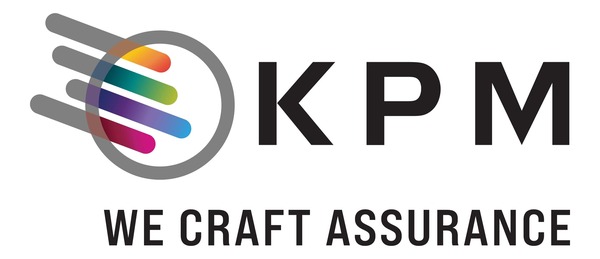 |
WESTBOROUGH, Mass., Nov. 15, 2023 /PRNewswire/ -- Meat and poultry processors are applying lessons from the pandemic by adopting vision inspection technology to augment quality assurance processes and save on labor. One new option is a vision inspection system that, unlike others, is specifically designed for the meat processing industry and helps processors redeploy workers while improving quality, food safety, and processes.
The P-Series in-line vision system is a new offering from KPM Analytics. Unlike some other vision inspection systems, it combines a host of visual and dimensional measurements with AI to automate product quality assessment and to detect foreign objects. It is ideal for inspecting whole, portioned, and processed meat and poultry products.
Designed for Meat Processors
The P-Series system is available with an extensive product measurement library developed through years of experience working with meat and poultry processors. This library includes common quality issues such as bruises, blood spots, incomplete breading, missing components, excess fat, and many others. Additionally, P-Series systems utilize AI for statistical analysis and deep learning for anomaly detection, detailed feature analysis, and data-handling tools.
Unlike some general-purpose vision systems, P-Series systems are designed for the sanitary environment of meat processing, including compatibility with cleaning procedures and chemicals.
Advanced Foreign Material Detection Capabilities
P-Series systems allow meat and poultry processors more capabilities to detect low density defects that cannot be found by X-ray and other foreign material detection equipment. This includes:
Modular Design Minimizes Cost
To tailor a system to their individual needs and price points, plant managers can configure a P-Series system with any number of capabilities, including 2D inspection, 3D inspection, top and bottom cameras, and hyper-spectral imaging.
Small Footprint Fits into Production Lines
In addition, the system is available with a range of conveyor and rejection options to fit the product being handled. In contrast to vision systems that require equipment to mechanically flip the product to inspect both sides, the P-Series conveyor accepts top and bottom cameras. This means that the conveyor length is short and at the same height as the rest of the line, having minimal impact on production floor space. In many cases, processors can integrate their existing metal detectors into the conveyor for further space savings.
More Sophisticated Analysis
While other vision systems merely score an inspection image against a set of reference images, the P-Series system combines the visual image with geometric data to allow more accurate and deeper analysis. For example, as a product gets thicker, it gets closer to the camera, changing its appearance. The system can use a 3D camera to adjust the calibration dynamically.
Also, the system can combine images of all sides of a product with dimensional data to get a complete picture of quality, rather than rejecting all products with a single minor flaw, reducing waste.
Plant managers can use the data to make data-driven decisions and refine processes. For example, for cooked meat & poultry operations (baking, grilling, frying, etc.), vision inspection data could be matched to oven temperature and weather data to explain why the color of a batch is off. Operators can use the data from 100% product inspection to continuously monitor quality and give feedback to processes.
Color Calibrated
Unlike some vision systems, the P-Series system is color calibrated. This means that quality will be consistent when specifications are shared across lines and plant locations.
From Food Industry Experts
In designing the P-Series in-line vision inspection system, experts at KPM Analytics drew upon deep experience in food quality inspection technology. "No other system provides as complete a solution in the meat industry," said Jon Gilchrist, Product Manager for KPM Analytics.
Availability and Cost
The P-Series in-line vision inspection system is available for immediate order. For more information, visit www.kpmanalytics.com.
About KPM Analytics
KPM Analytics is a global leader in scientific instrumentation, focused primarily on analyzing critical parameters within the food, feed, agriculture, and environmental sectors. We provide a comprehensive range of products and services to uniquely solve our customers' problems. Our product brands are AMS Alliance, Bruins Instruments, CHOPIN Technologies, EyePro System, Process Sensors, Sensortech, Sightline Process Control, Smart Vision Works, and Unity Scientific. Each has a long history of delivering advanced and reliable analysis solutions to ensure product quality and optimize process efficiency, with customer service at the center of everything we do. Visit www.kpmanalytics.com to learn more.
Media contacts: |
Melanie Scott |
mscott@kpmanalytics.com |
|
314.704.0053 |